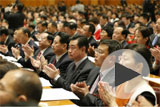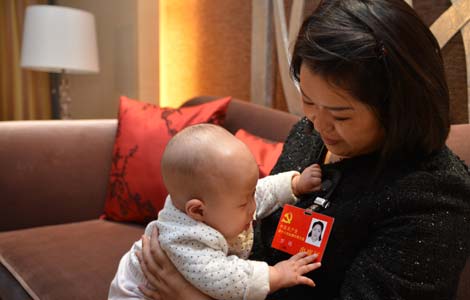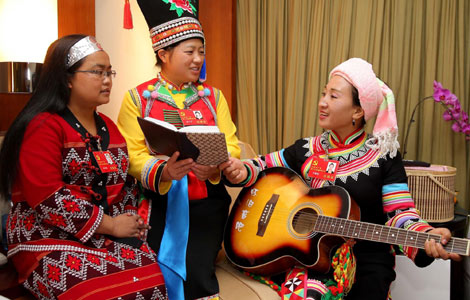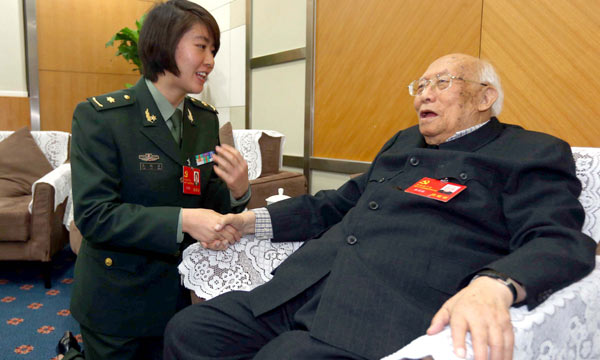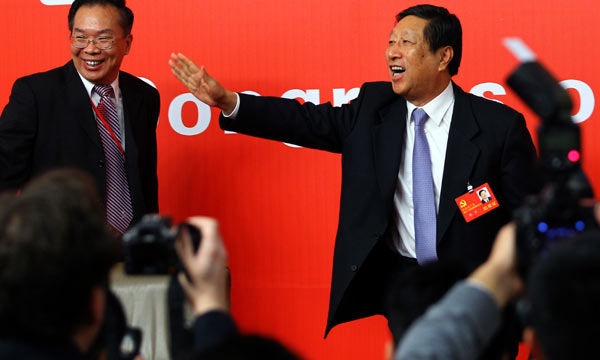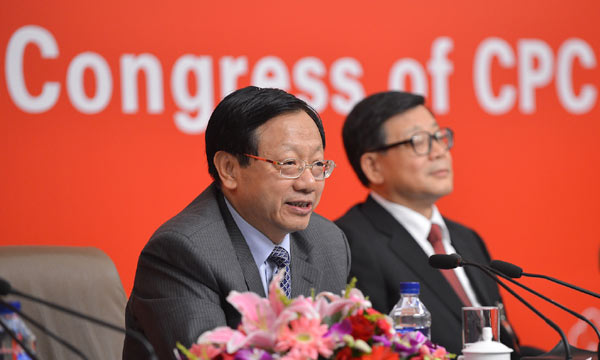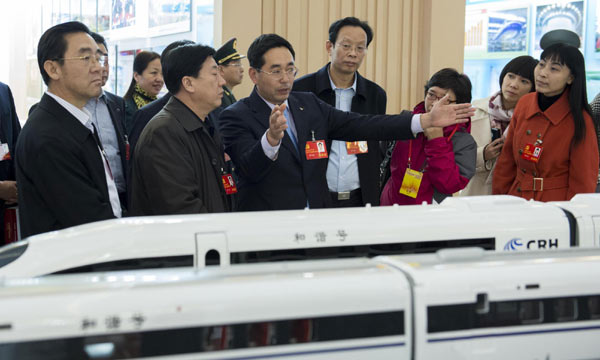CPC history in pictures (4): The War of Resistance against Japanese Aggression (1937-1945)
(CPC Encyclopedia)
Updated: 2011-08-22 15:56
CPC history in pictures (3): Agrarian Revolutionary War (1927-1937)
The Japanese invading forces started an all-out war against China after the outbreak of the Lugou Bridge Incident (also knows as the Marco Polo Bridge Incident) on July 7, 1937.One day after the incident, the Communist Party of China (CPC) Central Committee called for an alliance between the KMT and the CPC and unity of the whole nation to build a national united front against Japanese aggression. Driven by the CPC, a national united front based on KMT-CPC alliance formed officially.
Throughout the eight-year War of Resistance against Japanese Aggression, the CPC upheld the principle of independence and relied on the masses to open up a vast battlefield behind enemy lines and set up anti-Japanese democratic base areas behind enemy lines.
The Eighth Route Army, New Fourth Army and other armed anti-Japanese people carried out the arduous anti-Japanese guerrilla warfare behind enemy lines, carried out the Battle of Pingxingguan, the Hundred Regiments Offensive, and and other numerous operations against the enemy.
Under the banner of the national united front, the CPC became the backbone of the war of resistance against Japanese imperialist aggression. People's revolutionary forces led by the party during the war had an unprecedented growth.
In August 1945, Japanese imperialism announced unconditional surrender. The Chinese people won the great victory of the war.
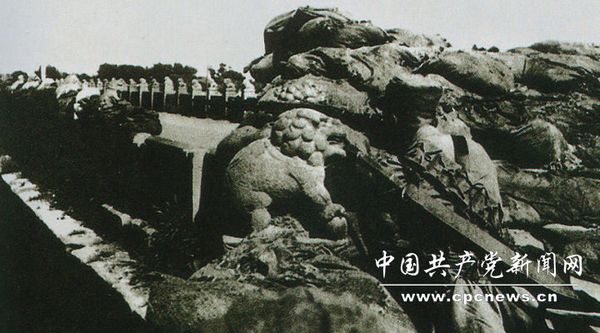
On July 7, 1937, the Lugou Bridge Incident (also knows as the Marco Polo Bridge Incident) occurred. This photo shows soldiers guarding the bridge, ready to fight in the bunker. [Photo/ The history of the Communist Party of China]
Video
